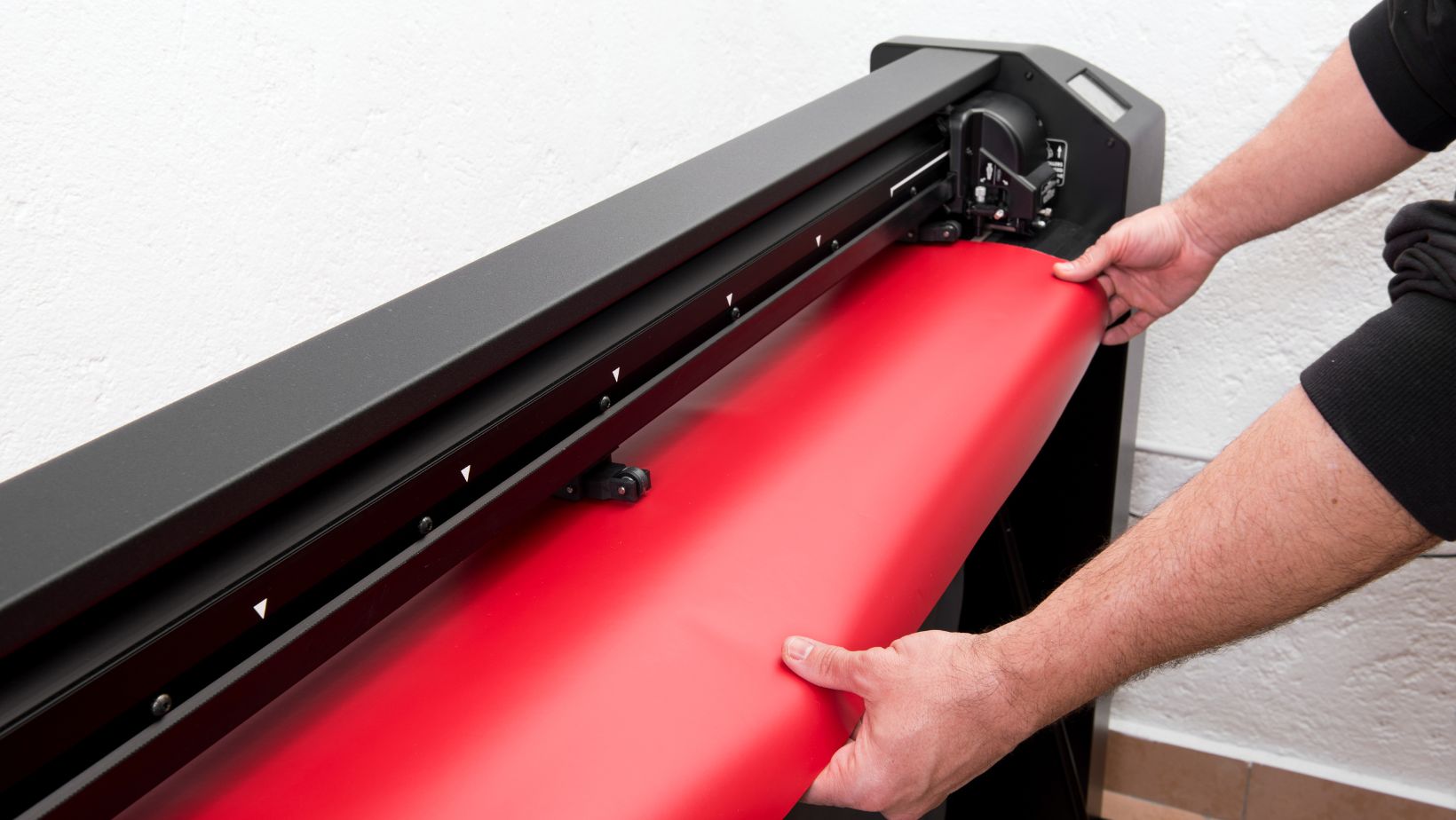Architectural Plotters Demystified: What to Know About Cost Considerations

When it comes to architecture, precision and detail are everything, helping to create stronger bonds between vision and reality. Large-format printers, or plotters, are crucial in assisting professionals in producing high-quality drawings, plans, and blueprints. These specialized machines are essential for architects who need accurate, large-scale prints to effectively bring their visions to life.
Let’s explore the key factors that influence the cost of different types of plotters. From the initial purchase price to ongoing expenses like maintenance, ink, and paper, we’ll break down what you need to consider before investing. Let’s dive into the details to help you make a more informed decision.
Initial Purchase Price: What Can You Expect?
The first thing that comes to mind when considering plotters is the initial purchase price. For those new to the concept, plotters aren’t just your typical printers. They are specialized machines designed to print detailed, large-scale documents with precision, and because of this, they can be significantly more expensive than standard office printers.
Architectural plotters typically range from a few thousand dollars to over ten thousand, depending on the features and capabilities. Does this sound like a steep investment? It can be, but for an architect who frequently needs to print large documents, it’s a necessary one. However, don’t let the price tag alone be your deciding factor. It’s crucial to weigh the price against the features you’re getting, such as printing speed, resolution, and media size compatibility. These can make a huge difference in the long-term value of your investment.
Maintenance Costs: Keeping It Running Smoothly
Like any other technology, plotters require regular maintenance to ensure they operate efficiently. While some might consider these machines a one-time expense, it’s essential to factor in ongoing costs. Maintenance can involve replacing parts like print heads and rollers and even software updates.

Regular upkeep is essential, especially if your plotter is in constant use. Over time, these costs can add up, so it’s good to ask: How much will you spend on maintenance? For architects, who often work under tight deadlines, a breakdown in the printer could be costly both in time and repairs. Planning for these expenses can help avoid unexpected disruptions.
Ink and Paper Costs: Are They Manageable?
One of the more overlooked aspects of owning a plotter is the cost of consumables like ink and paper. Depending on the plotter type and how often you use it, these costs can accumulate faster than expected. For instance, high-resolution prints may require more ink, leading to frequent cartridge replacements.
Architectural drawings often require precision and clarity, which means high-quality paper is also necessary. Cheap paper can result in smudging or bleeding, reducing the quality of your prints. So, when budgeting for a plotter, it’s essential to ask yourself: How often will you need to replace ink and paper? Finding a balance between print quality and cost efficiency can help keep expenses under control.
Energy Consumption: Is It an Ongoing Cost?
Plotters, especially large-format ones, can consume a fair amount of electricity. While it might not be the first thing you consider when calculating costs, energy consumption is worth considering. Most modern plotters are designed with energy efficiency in mind, but older models or those used frequently can still use up a lot of power.

Energy costs can be especially significant if the plotter is continuously used throughout the day. What are the energy requirements of your chosen model? Look for energy-saving features or low standby power usage options to help keep those electricity bills manageable. This can reduce your overall operational costs in the long run.
Software and Compatibility: Do You Need Additional Tools?
Another overlooked cost aspect is the software required to run and manage the plotter. While some plotters come with built-in software, others may require you to purchase additional programs or licenses to integrate them fully into your workflow. For architects, it’s vital to ensure your plotter is compatible with the design software you regularly use.
Moreover, what about updates and upgrades? Software must often be updated to stay compatible with new operating systems and applications. These updates can sometimes come at an additional cost, so it’s wise to include this in your budget planning. Asking yourself whether the software is user-friendly and integrates smoothly with your current tools will save you headaches and additional expenses.
Choosing the right plotter for your architectural needs goes beyond just looking at the price tag. From initial purchase costs to ongoing maintenance, multiple factors can impact the total cost of different types of plotters. By carefully considering each area, you can ensure you’re making a smart, long-term investment in your workflow.
-
Personal Finance12 months ago
How Do I Find My UCAS ID Number?
-
Success6 years ago
Consistency: The Key Ingredient to Success
-
Personal Finance12 months ago
What Does Conditionally Approved Mean For An Apartment?
-
Motivation3 years ago
How To Become a More Organized Person?
-
Others5 years ago
Work Health and Safety: 8 Reasons to Maintain a Clutter-free Office
-
Entrepreneurs4 years ago
Why Diversity is Key in Business Marketing
-
HK Pools12 months ago
The HK Pools Forum Comunity Jos Markotop 2D Warna Kuning – A Great Way to Stay Connected
-
Sport2 years ago
What Makes Soccer Betting So Great?



























